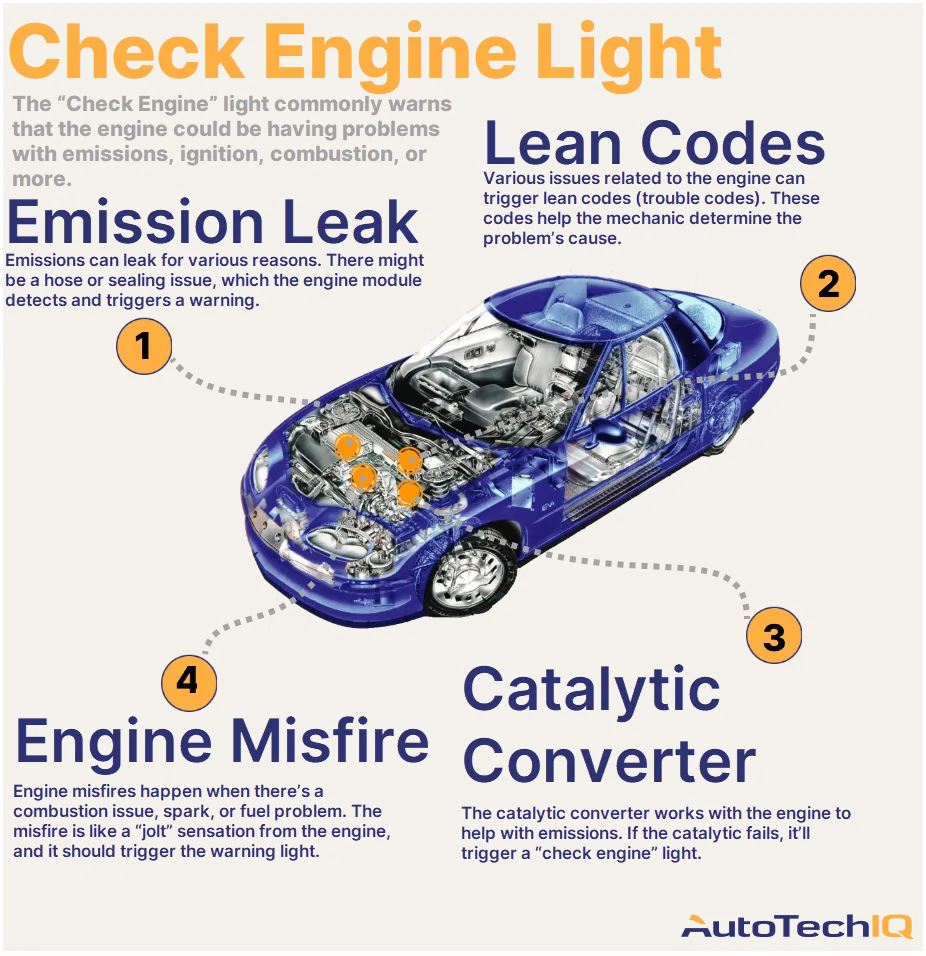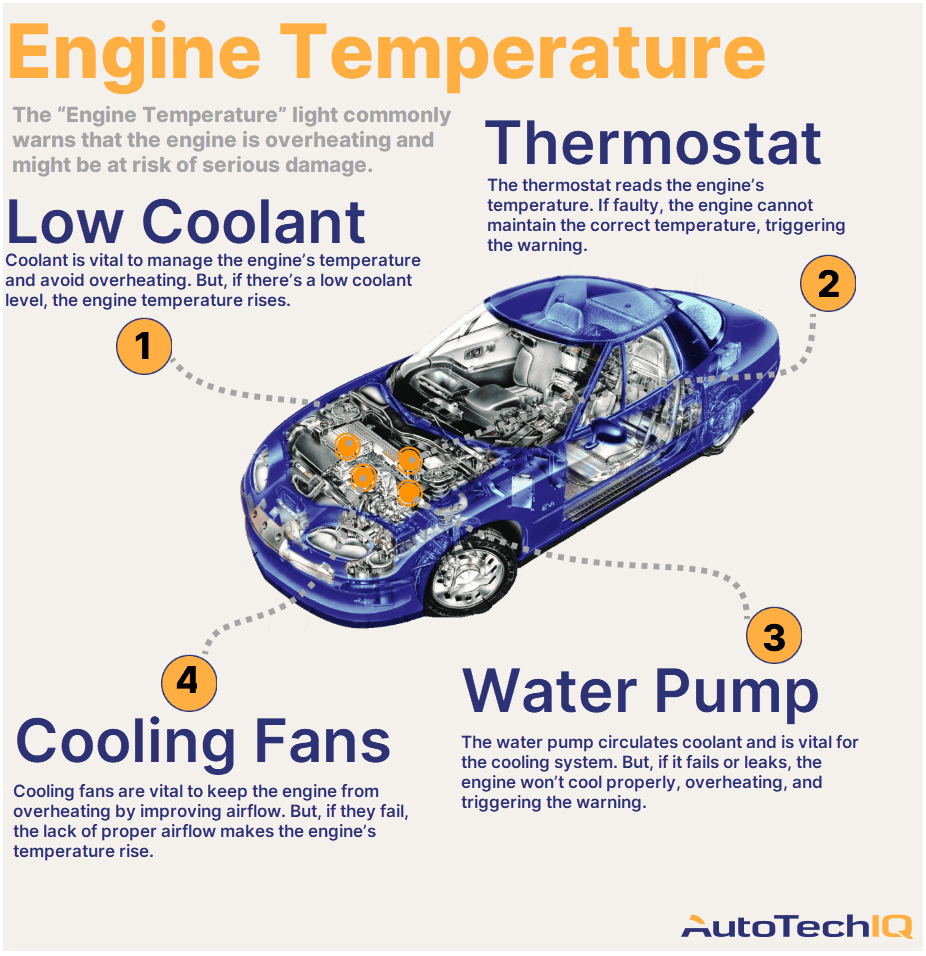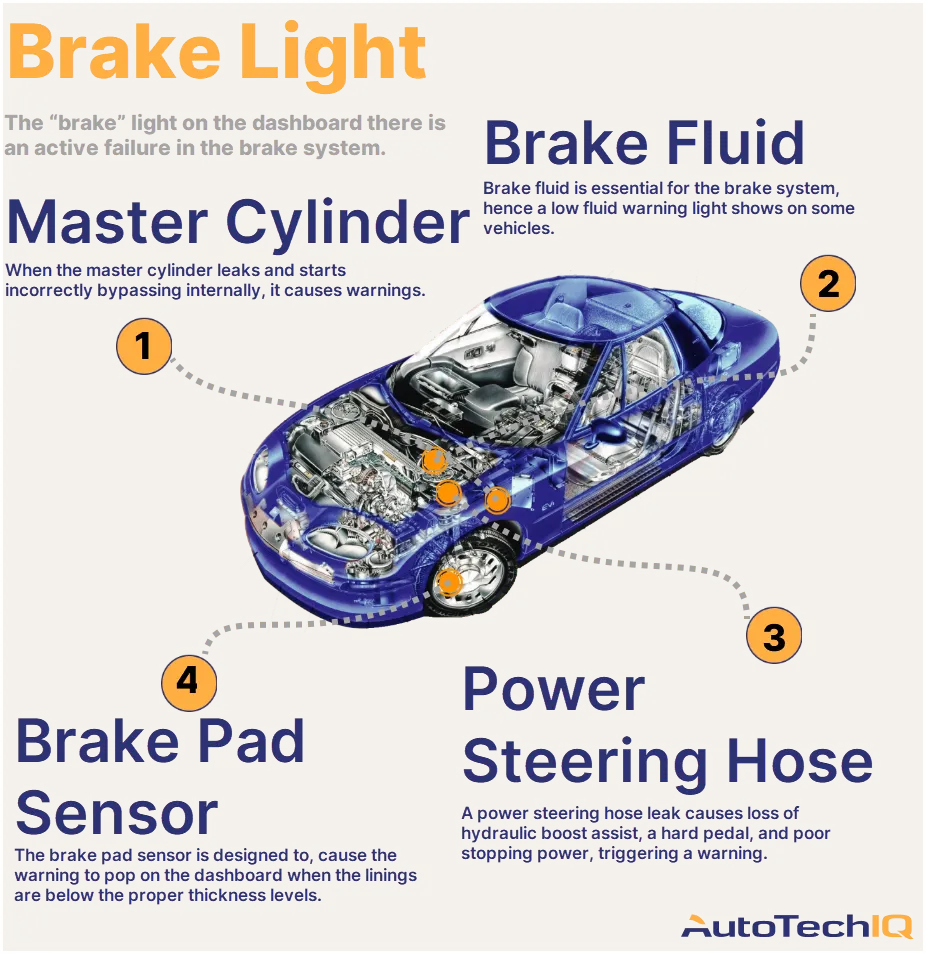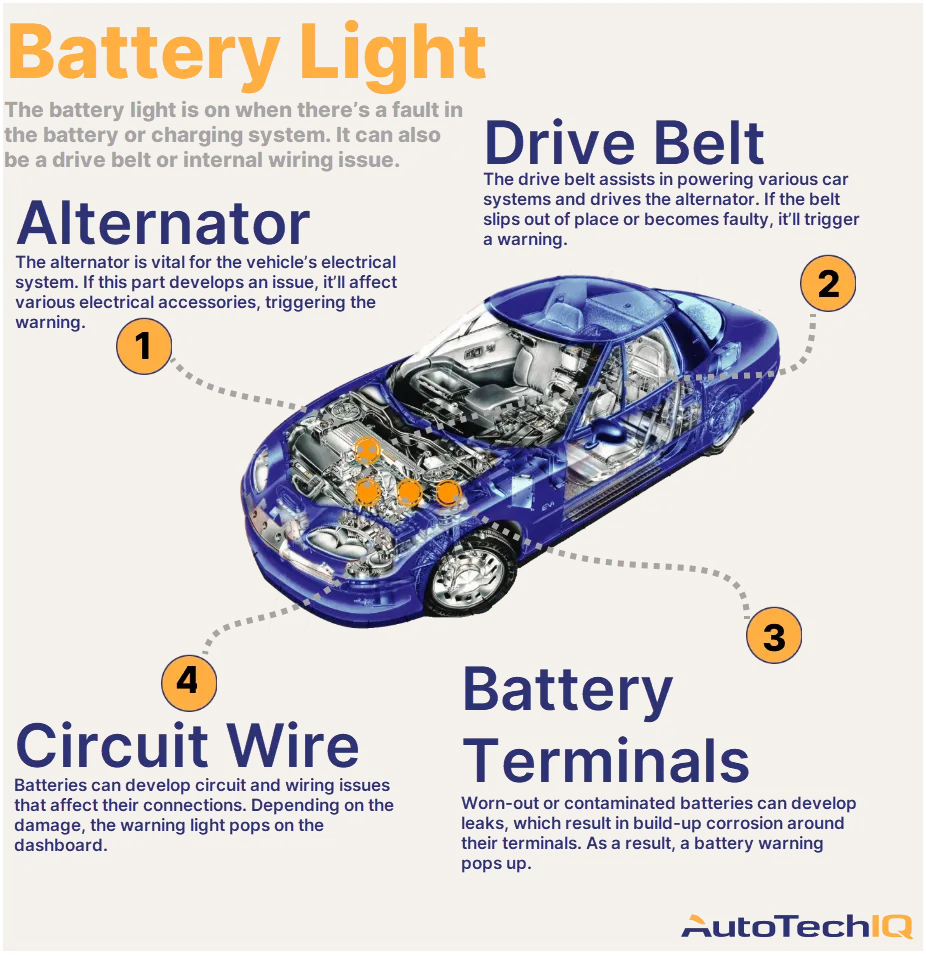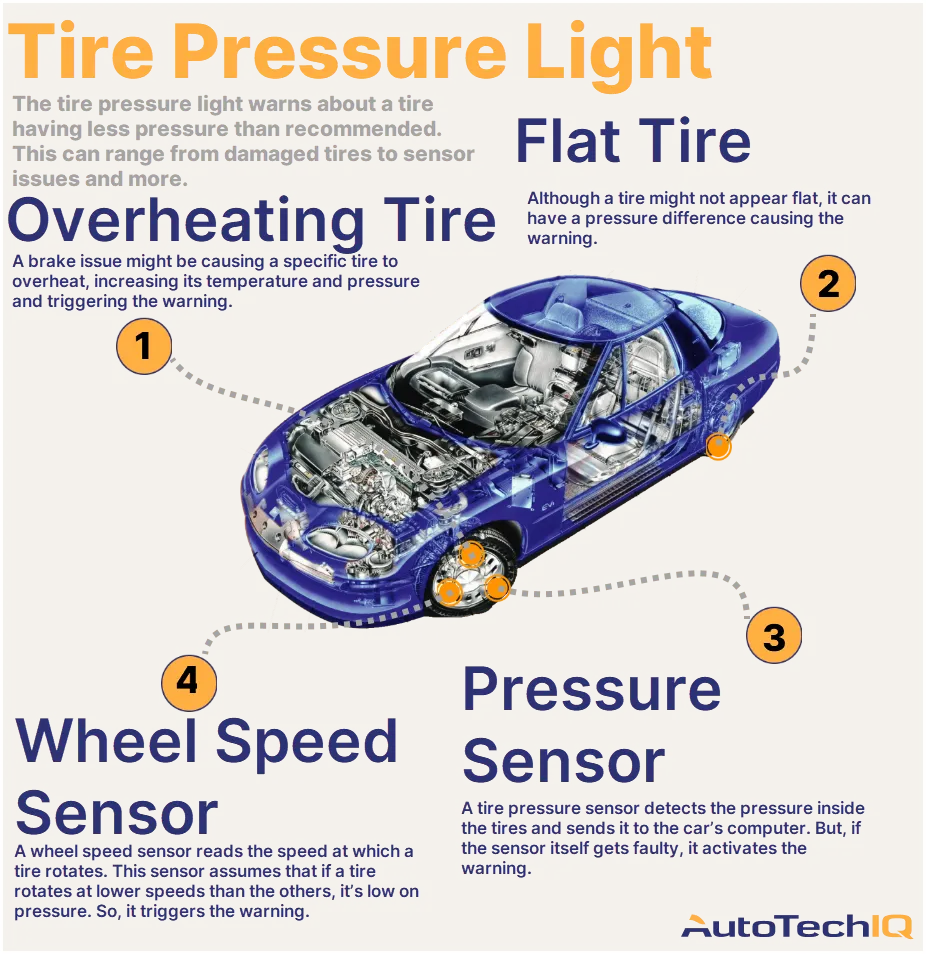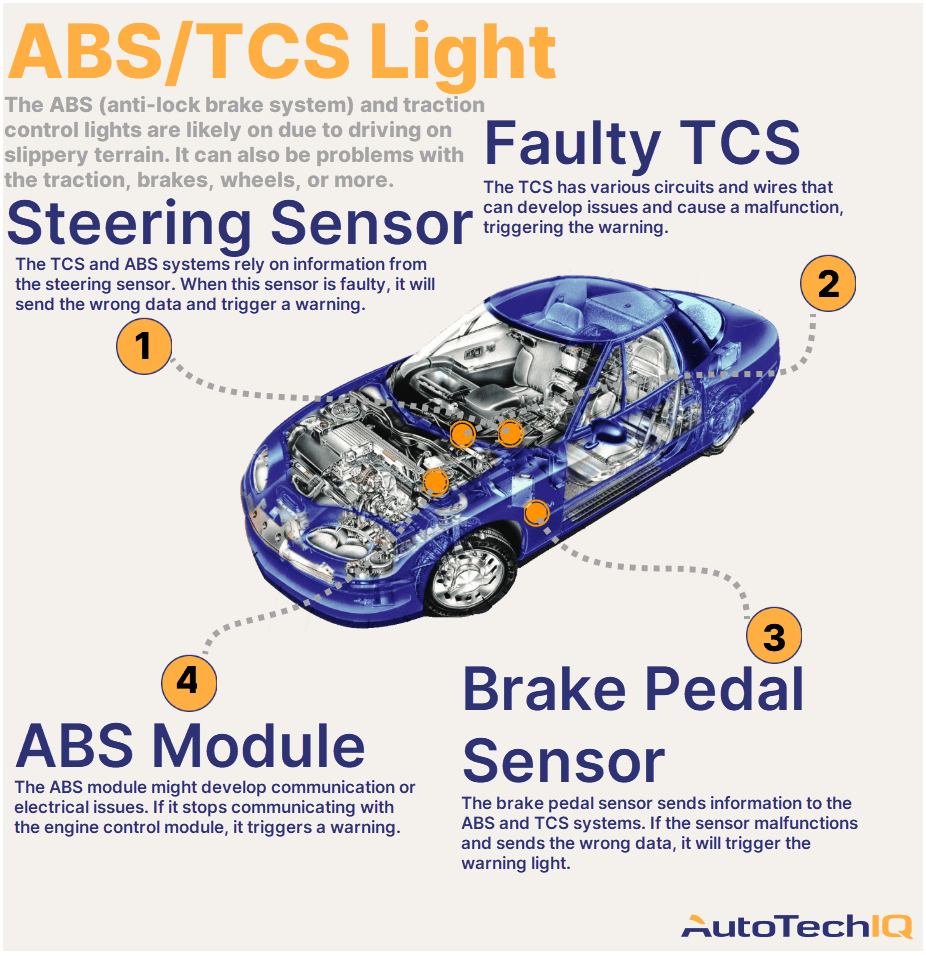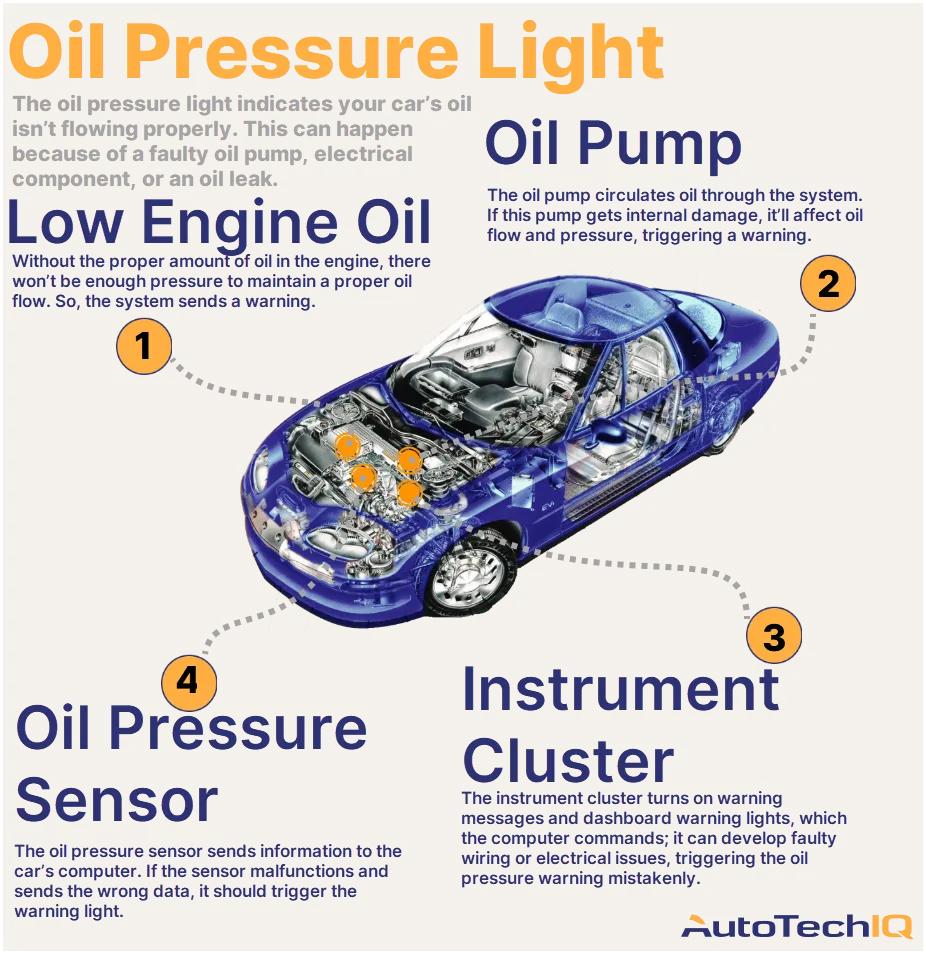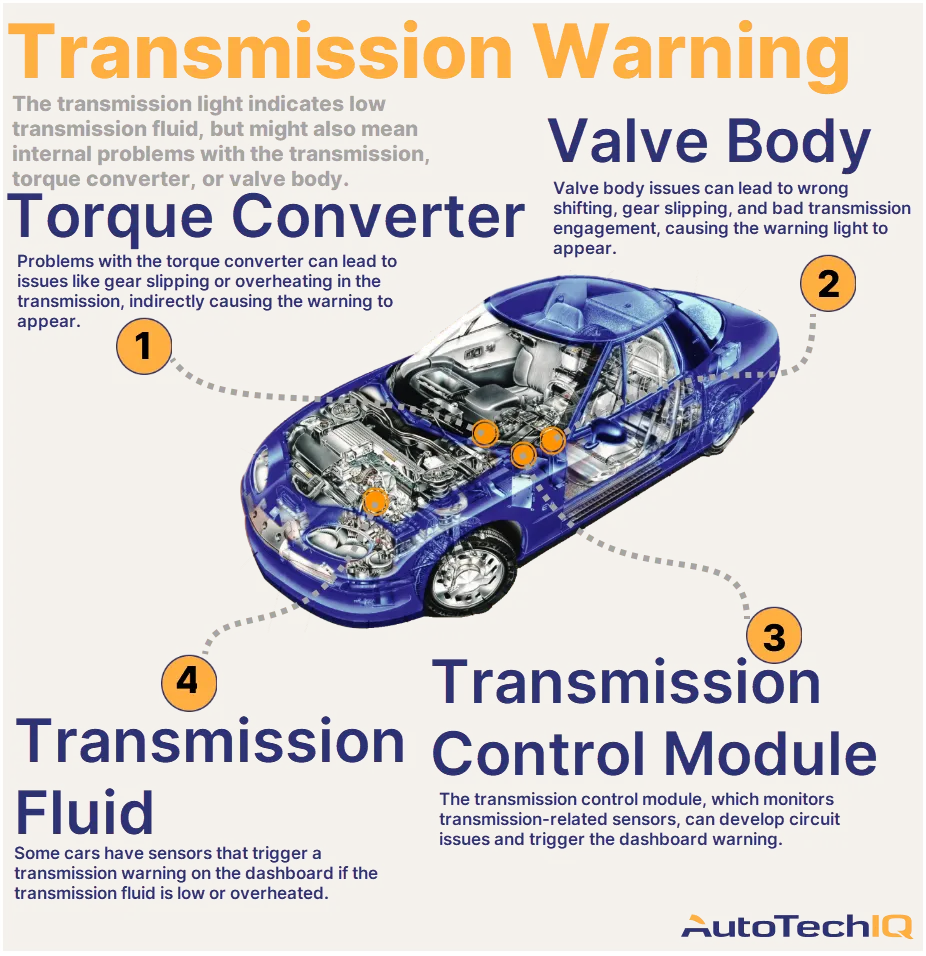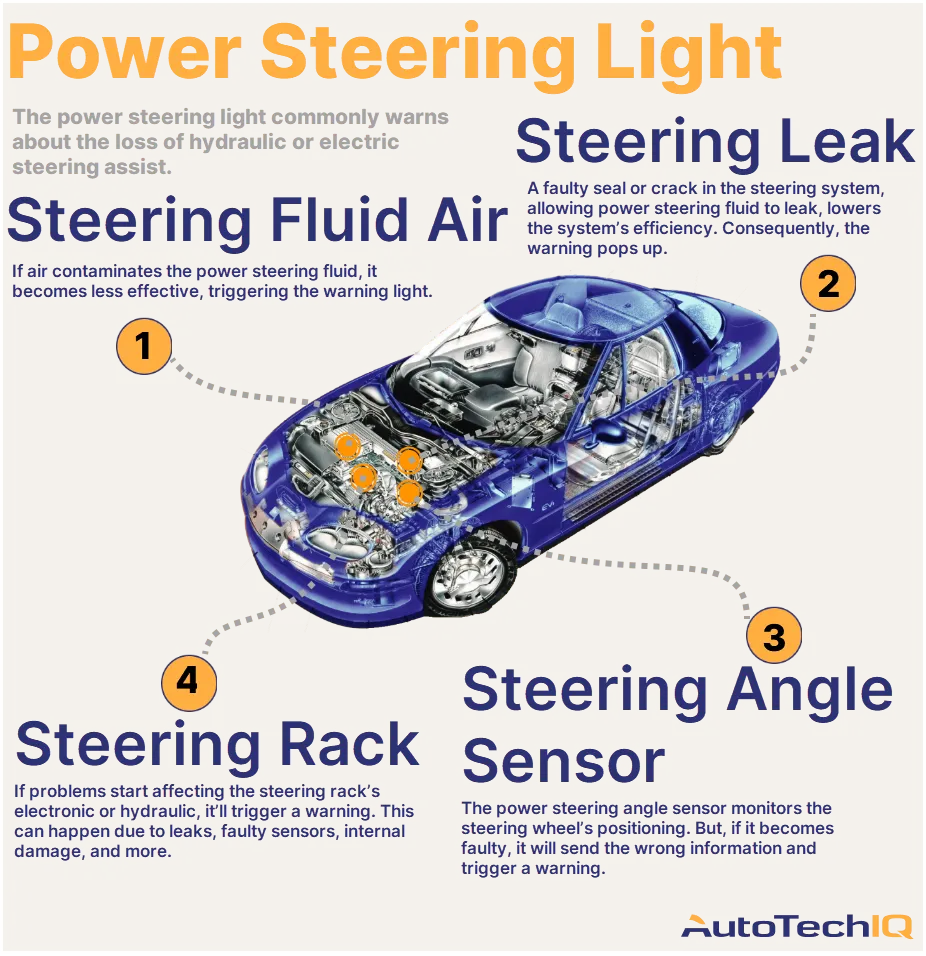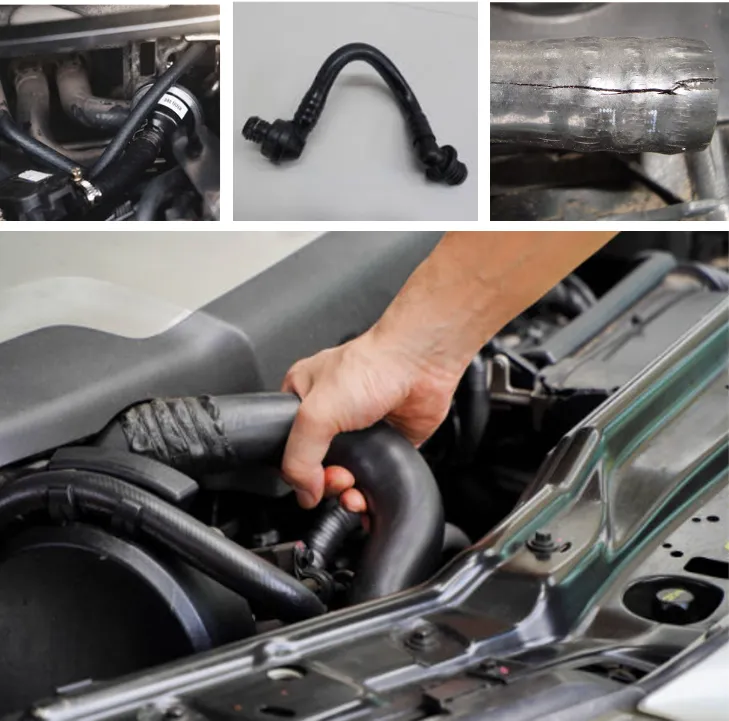
Vacuum hoses are an important element in a vehicle's system, especially in older vehicles that rely on vacuum operations for various controls.
Vacuum hoses can become brittle, crack, or become damaged over time, causing air leaks and affecting the performance of the systems they are connected to, such as the brake booster and emissions system.
Signs that the vacuum hose needs to be replaced:
- Hissing or whistling noise under the hood when the engine is running.
- Reduced engine performance or rough idling.
- The engine indicator lights or exhaust system warning lights are illuminated.
- Braking becomes more difficult or feels different.
Replacing a vacuum hose in a car service takes place in several stages.
- A diagnosis of the problem is carried out, in which the mechanic must verify that it is the vacuum hose that requires replacement. This includes checking all hoses for cracks, leaks, or other visible damage.
- For safety, the mechanic disconnects the battery.
- Provides access to the damaged hose.
- The old hose is removed using various tools
- A new hose is installed with all its fasteners
- After installing the new hose, the mechanic performs tests to ensure that the system is working correctly and there are no leaks.
- All previously removed parts are installed in their places.
- Battery is connected.
After completing the repair work, the mechanic verifies the car in working order. This is to ensure that the problem has been completely resolved.
Check your vacuum hoses periodically as part of your regular vehicle maintenance to help catch problems early. This ensures smooth and efficient operation of the vehicle. If you are unsure of any steps or encounter problems, it is always a good idea to consult a professional mechanic or trusted auto repair shop.


